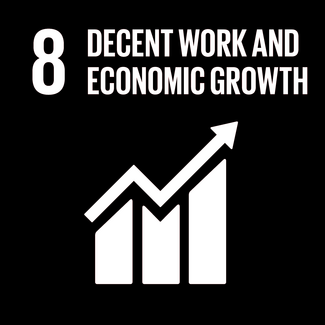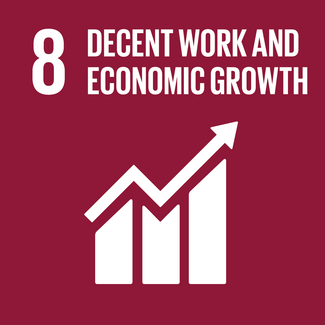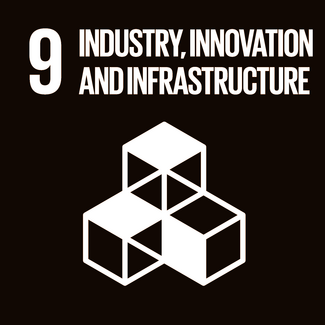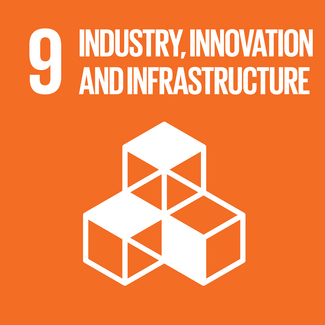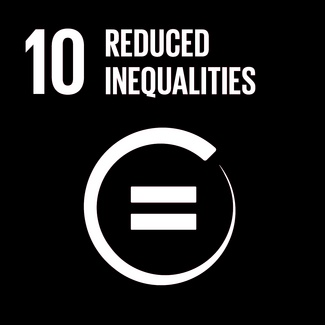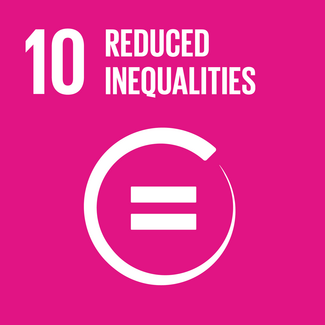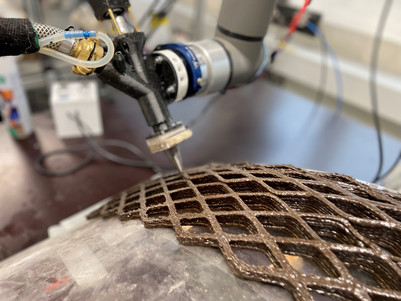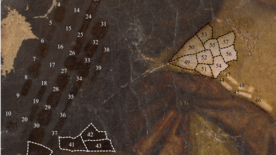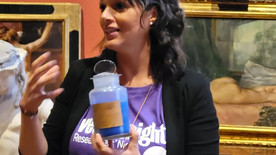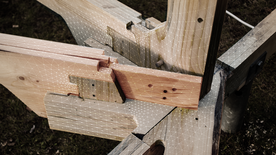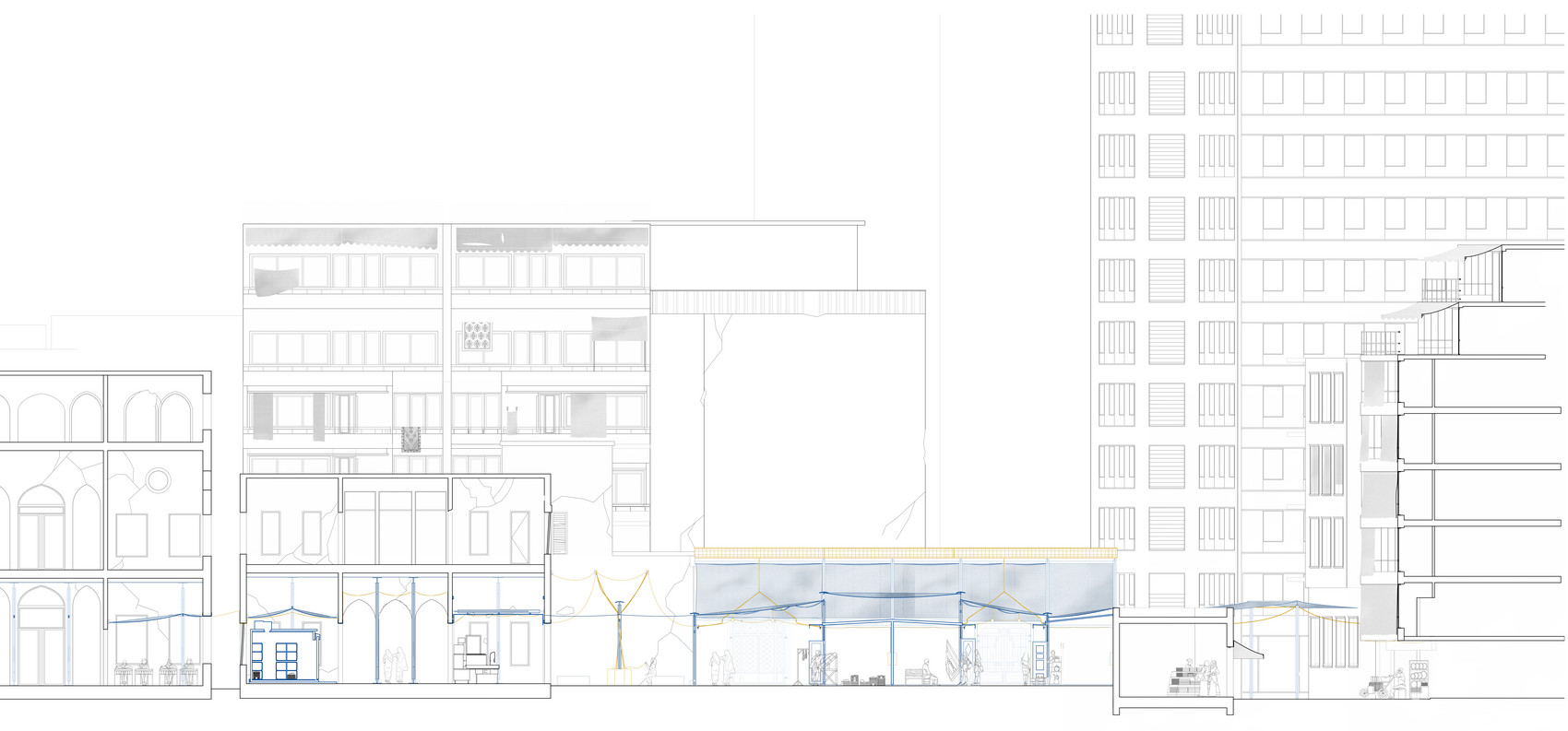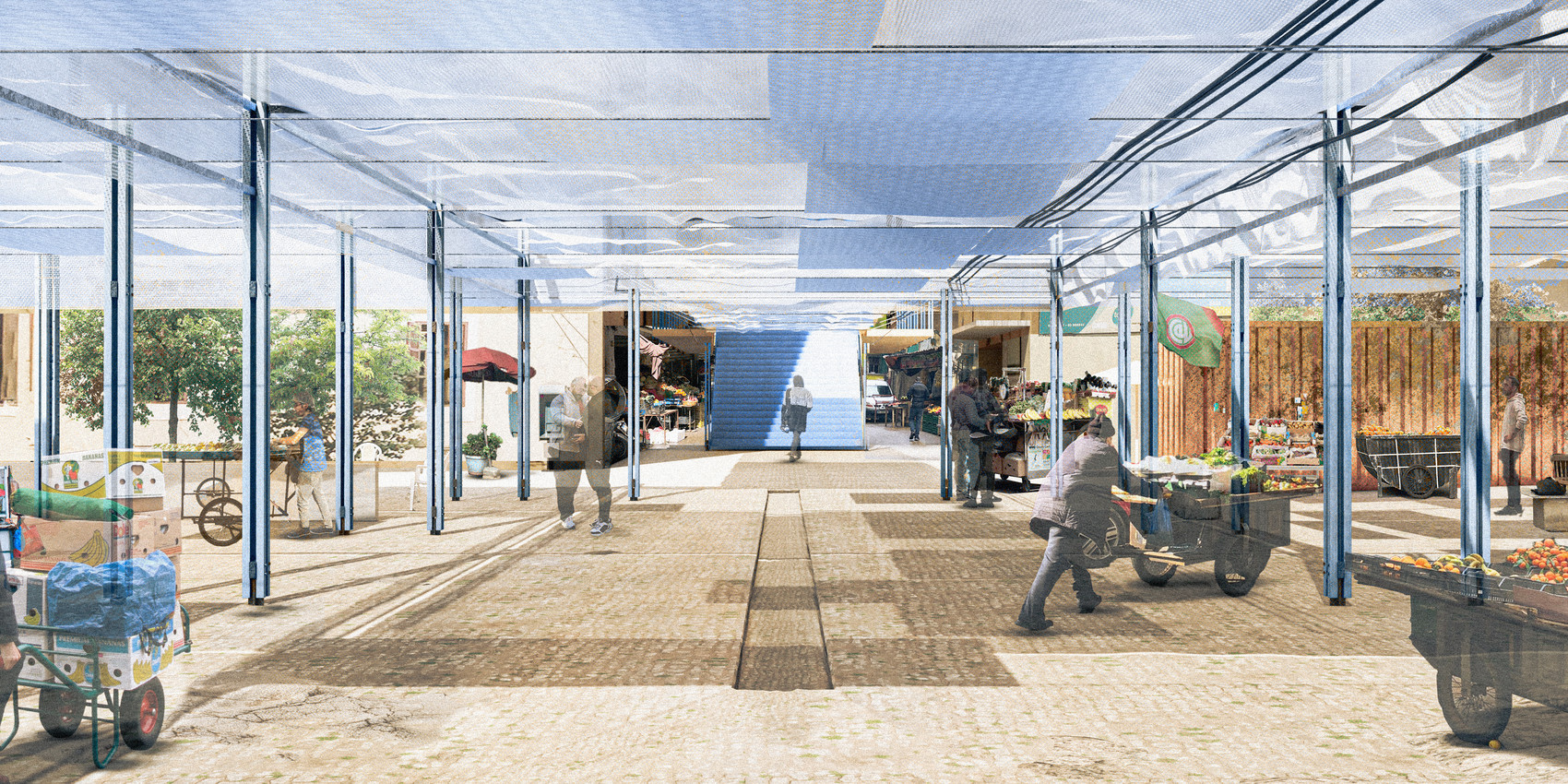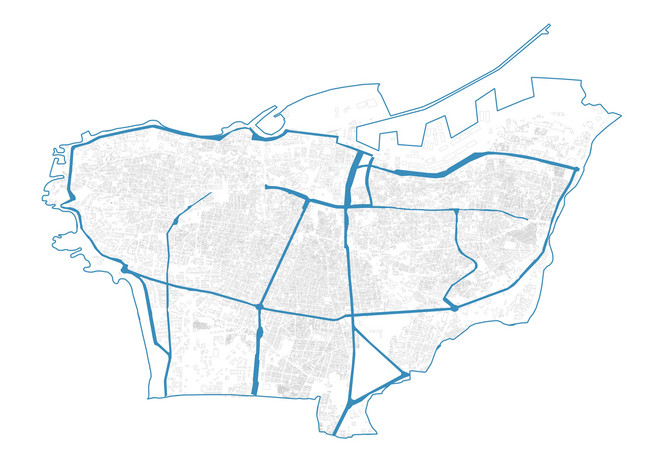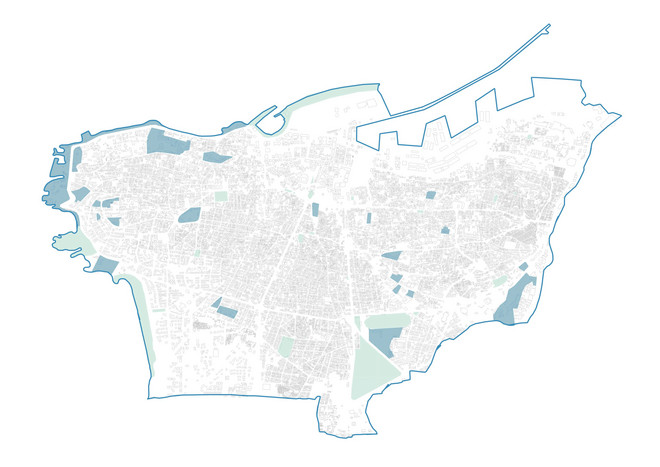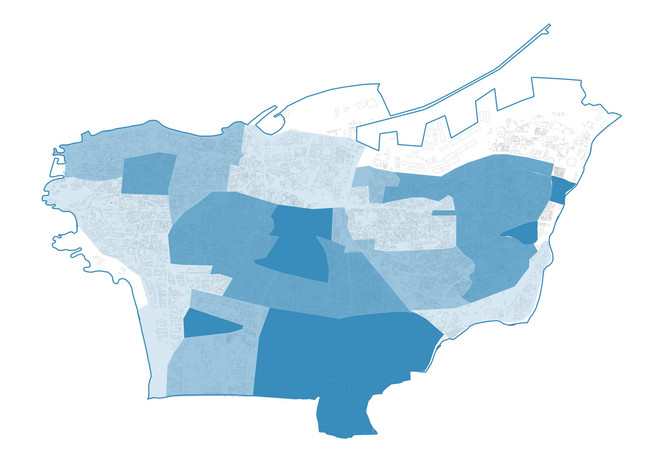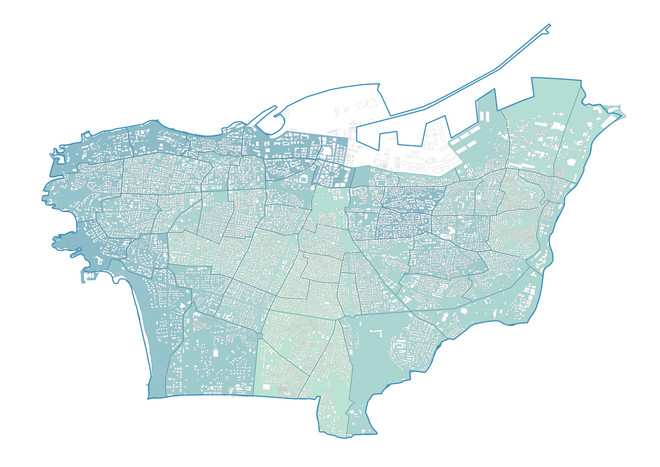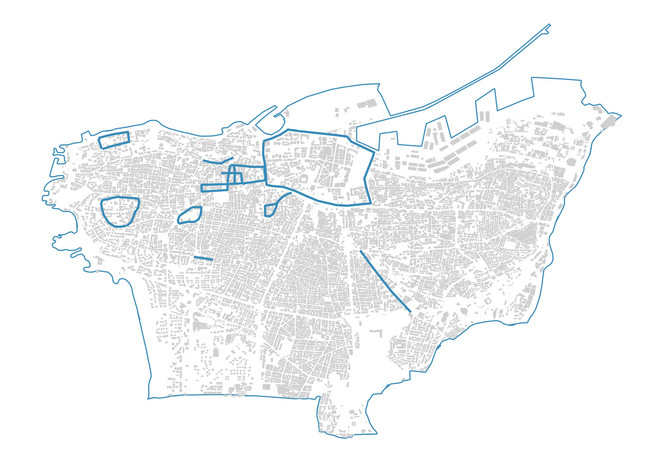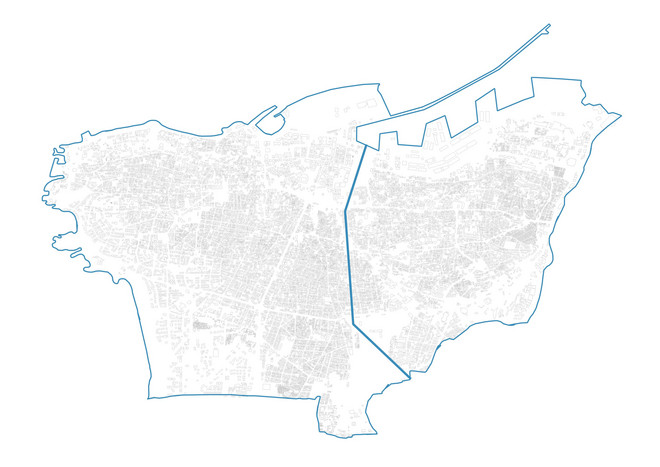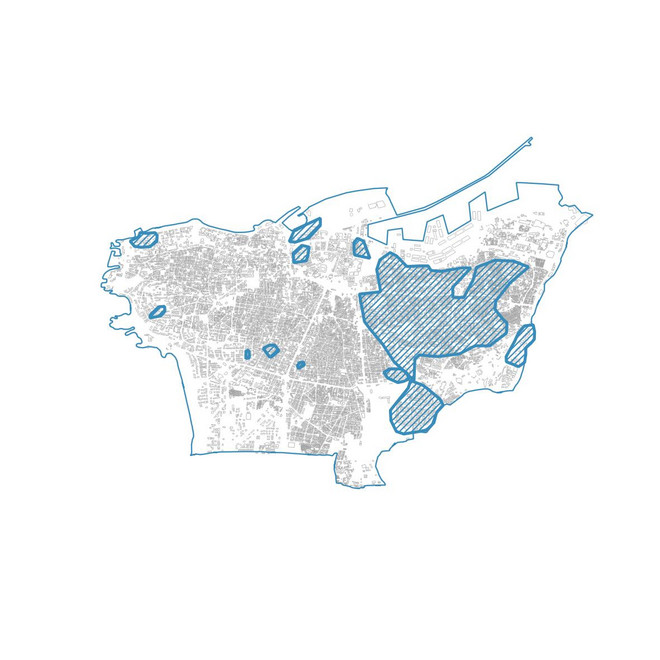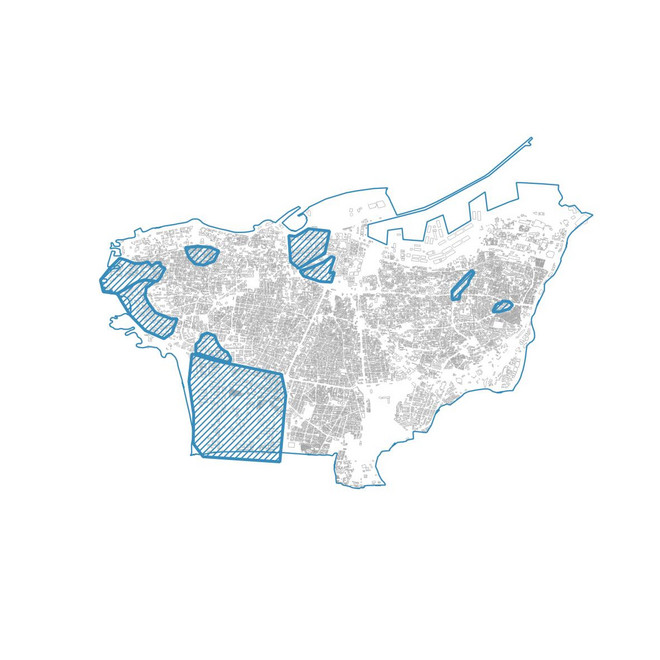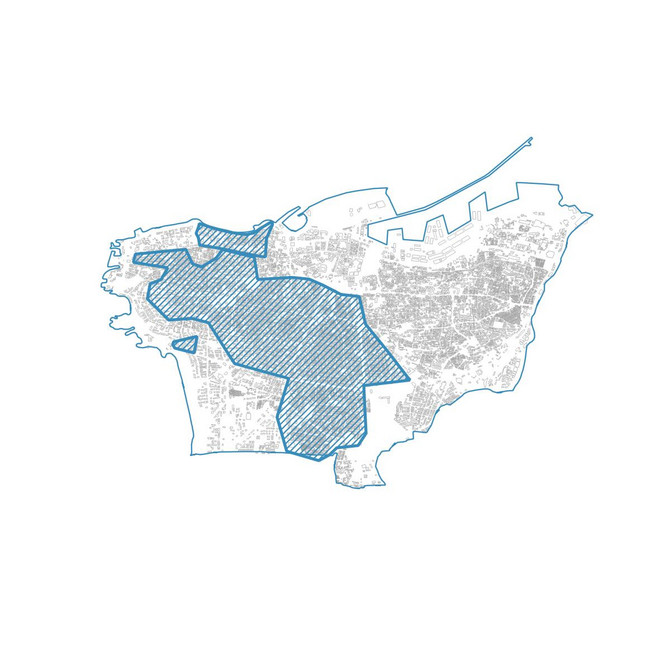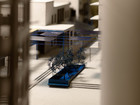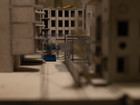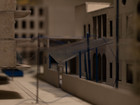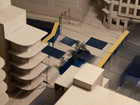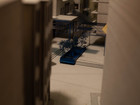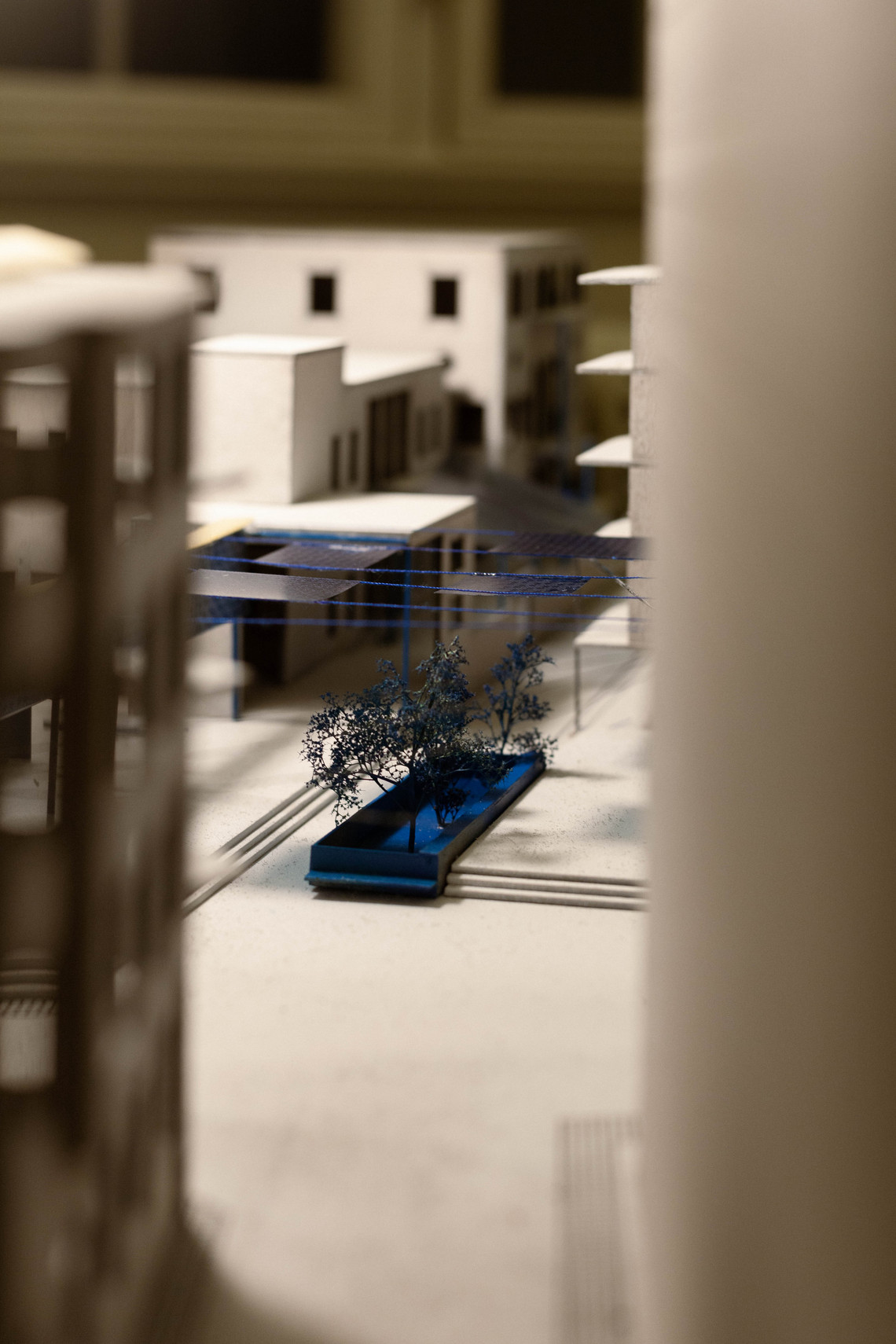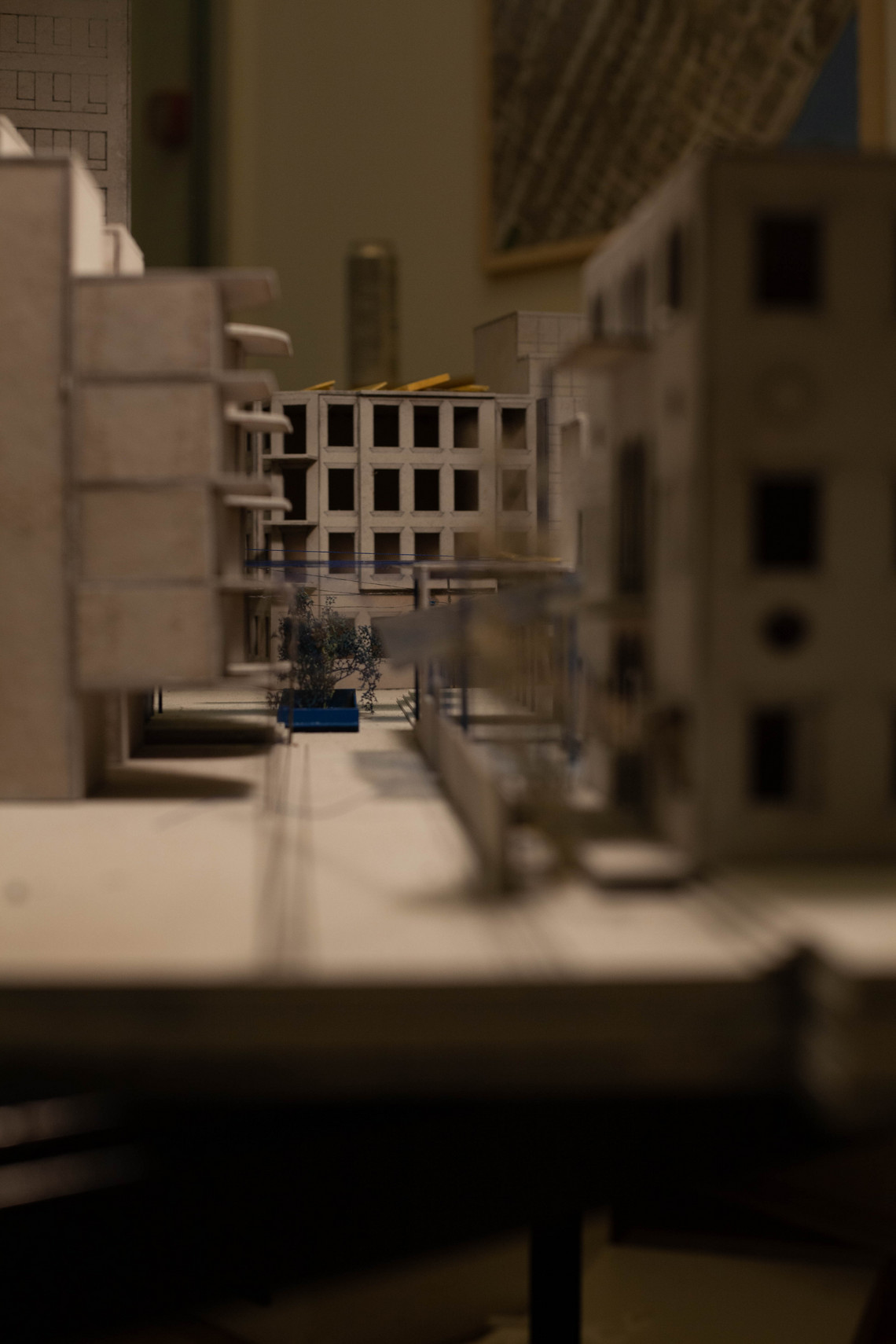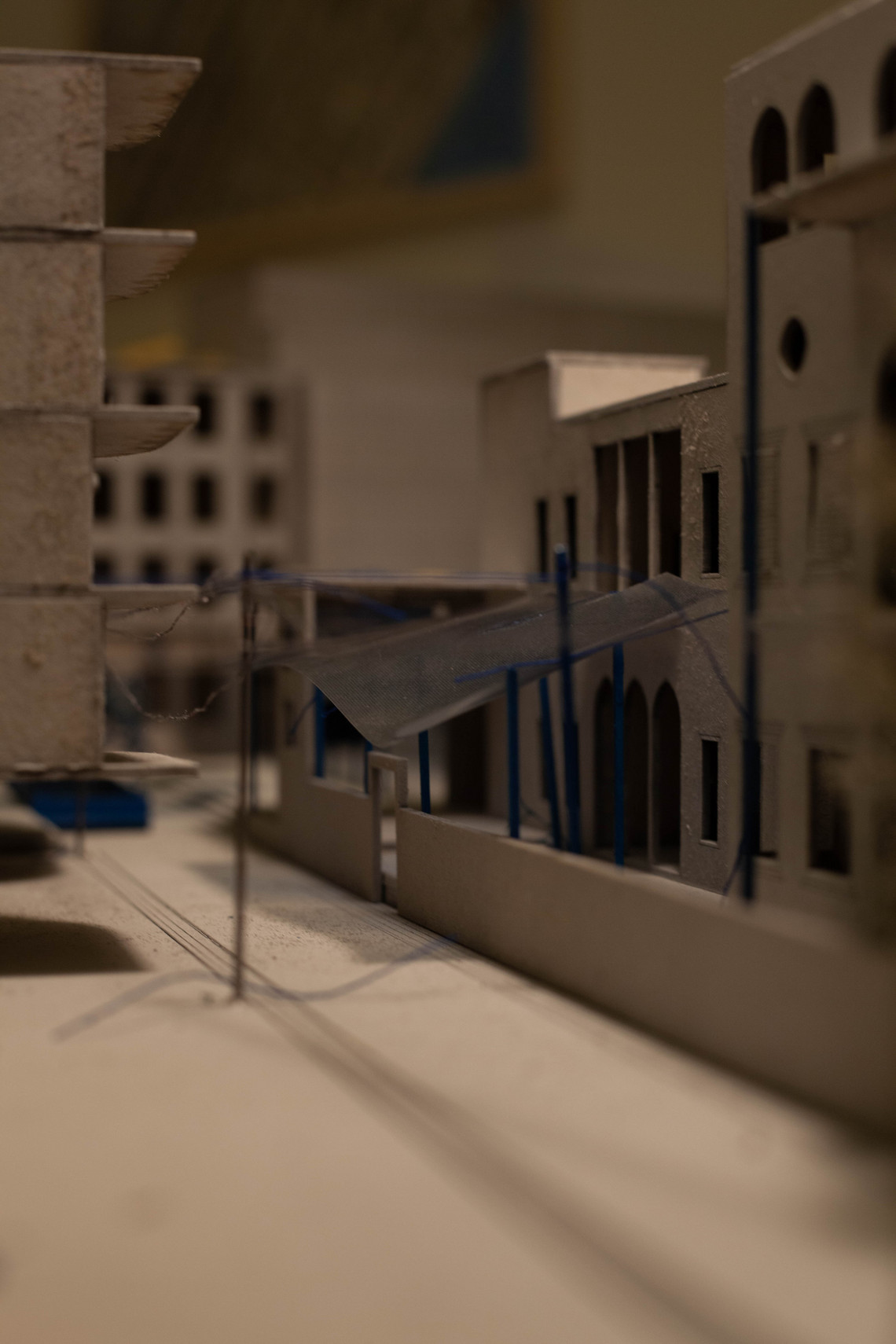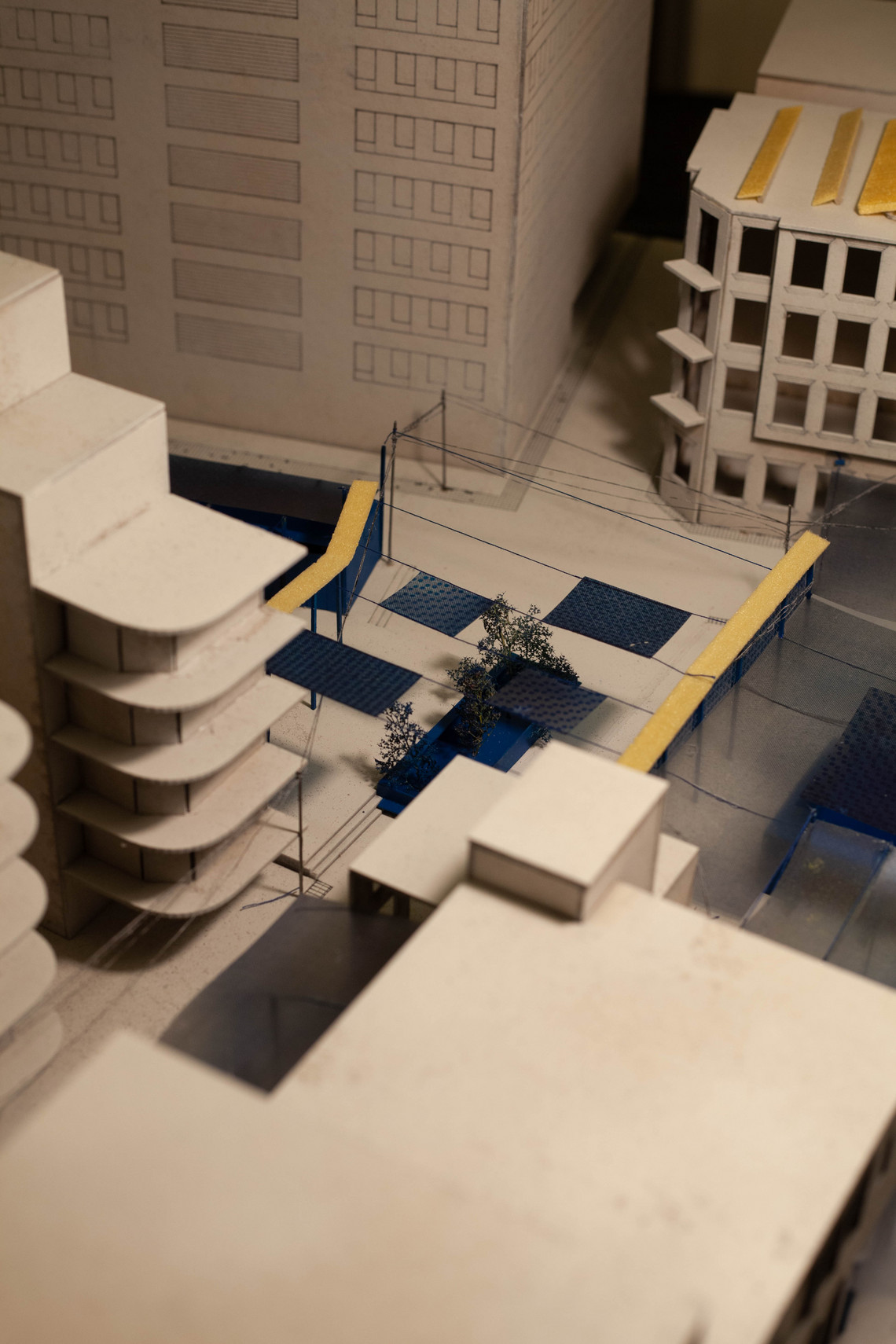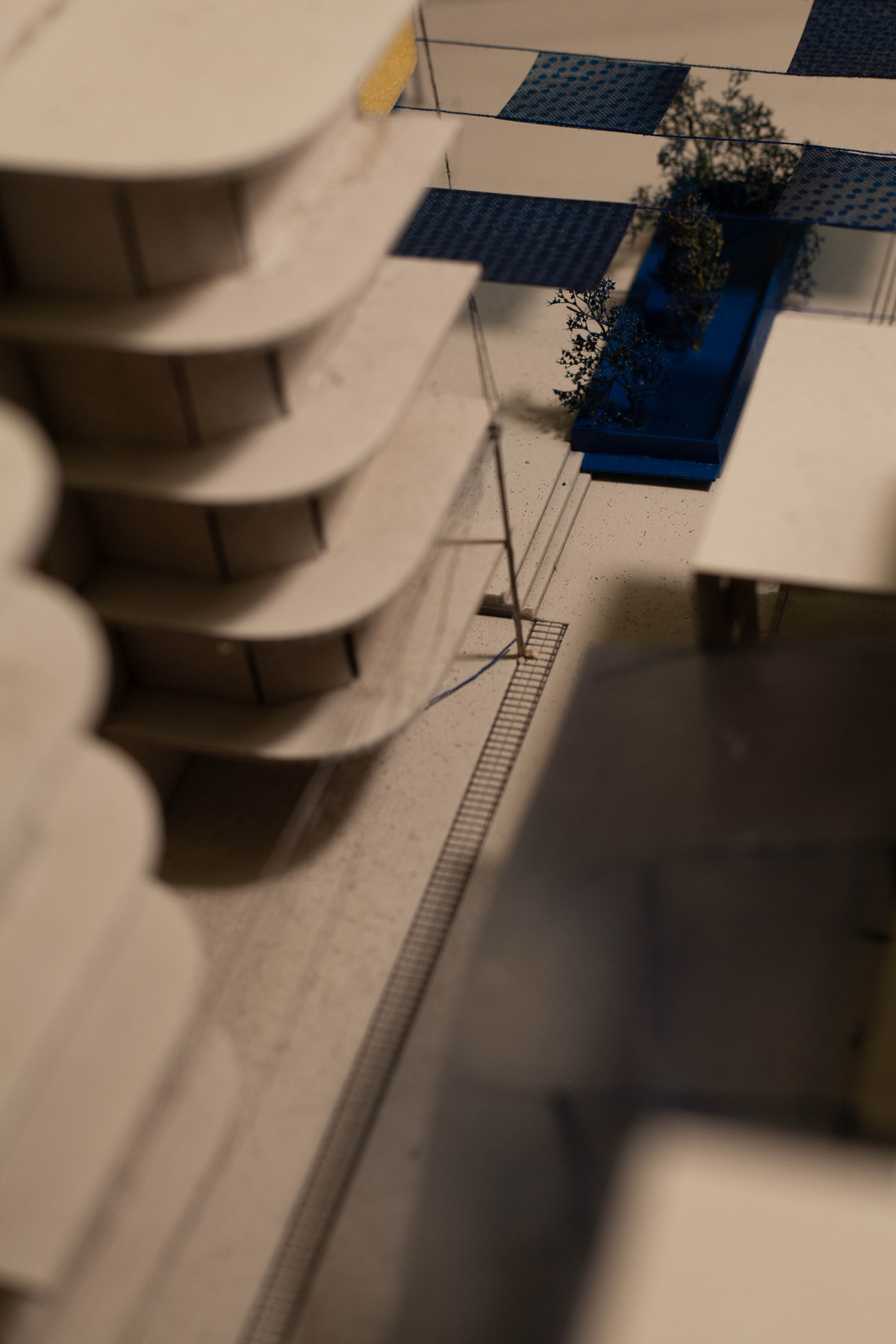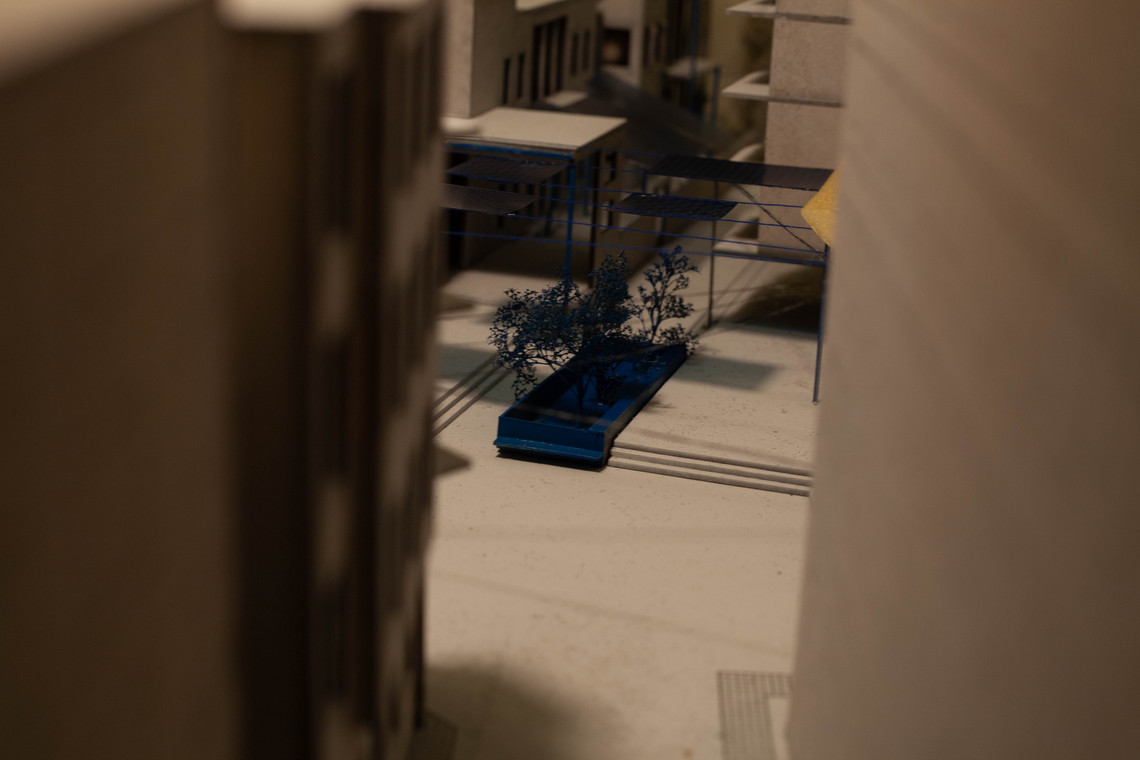
Stitching Beirut's Architectural Identity: Transformative Narratives Amid Crisis
Drawing from Beirut's vibrant architectural tapestry of self-made shadings, draping textiles, intricate electrical networks, and heritage buildings, this project translates their essence into a new architectural vocabulary. Inspired by the creative use of leftover spaces and changing dynamics amid crises, it fosters shared identity and collective action, bridging gaps between divided neighborhoods
Divided City
"Since the end of the civil war, the implementation of the sectarian-based power sharing system called the 'Taif Agreement' sought to end the 1975-1990 civil war by mandating the militias that fought during the conflict to transform into political-religious parties. The political arrangement, combined with the neoliberal privatization of urban development and post-war reconstruction, allowed private developers with sectarian affiliations to vie for territory through land and apartment sales, infrastructure projects, and welfare services. Consequently, this division has resulted in the city being politically, religiously, and socioeconomically fragmented."
A common identity.
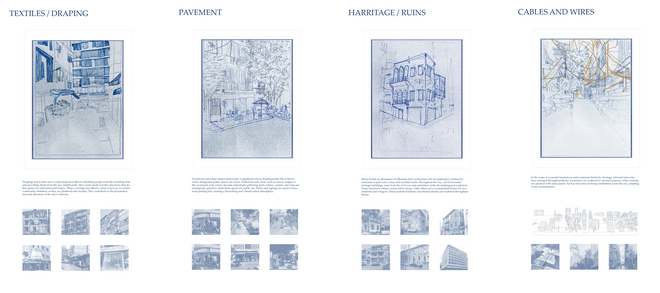
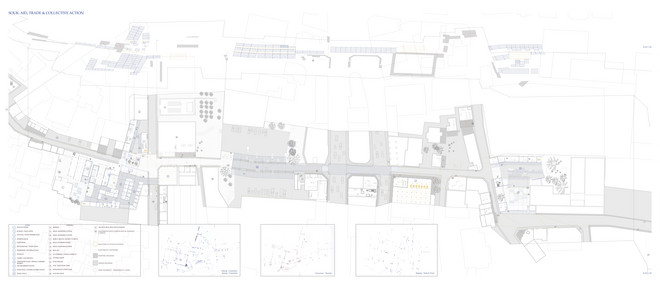
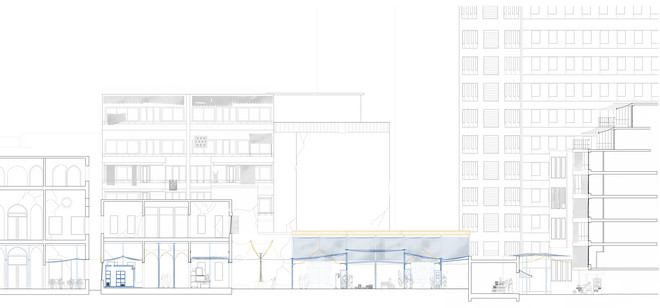
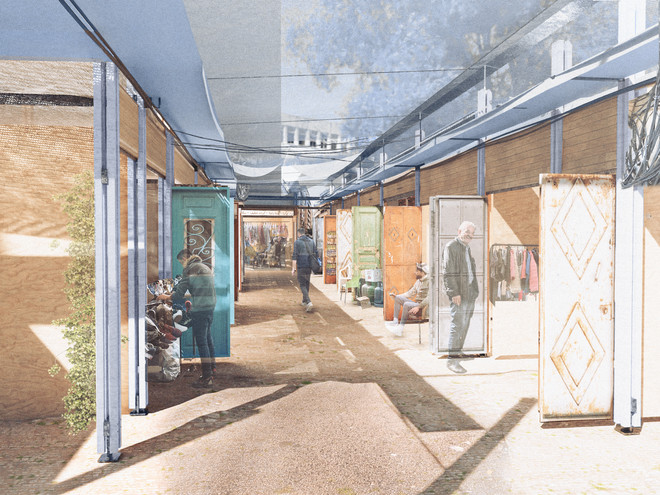
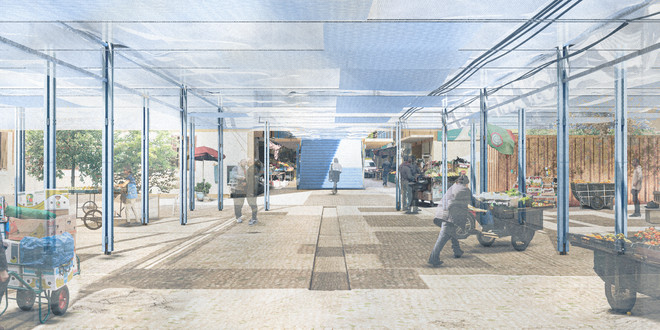

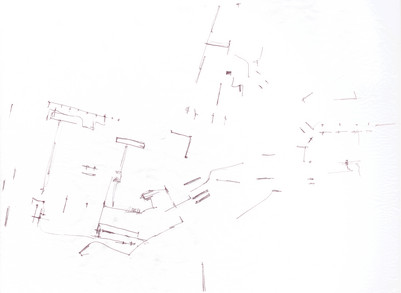

The Royal Danish Academy supports the Sustainable Development Goals
Since 2017 the Royal Danish Academy has worked with the Sustainable Development Goals. This is reflected in our research, our teaching and in our students’ projects. This project relates to the following UN goal(-s)